There’s a book about musicals that every opera lover should read. Not Since Carrie by Ken Mandelbaum is a history of musical theatre’s greatest flops: a comprehensive study of the thousand ways in which a collaborative artform can crash and burn. It’s unbelievable stuff. The Broadway cast of 1961’s Kwamina participated in a voodoo ritual to neutralise the show’s critics (English National Opera is rumoured to be planning something similar). Adverts for Jule Styne’s Subways Are for Sleeping were banned from New York public transport after vagrants took them as an invitation to spend the night on board. And the prize exhibit: the RSC’s Carrie, whose star Barbara Cook was nearly decapitated on opening night, but whose director, Terry Hands, could not be fired because… well, one simply does not fire the artistic director of the Royal Shakespeare Company.
The point — and I promise, this genuinely does have something to do with Joseph Haydn — is that many of these fiascos had wonderful music. And in no case was the music alone sufficient to save the day. The principle is the same whether it’s Parsifal or Wicked: to work, every element of a musical drama has to pull together. A near-miss is still a miss, and in the operatic repertoire no near-misses are more frustrating than the 11 operas that Haydn wrote between 1766 and 1783 for the private theatre of his employer, Prince Esterhazy.
Here we have a composer of undisputed genius — more than that, the artist whose flair for vivid, characterful musical dialogue made Mozart’s Da Ponte’s operas possible. But Mozart took drama lessons from Haydn’s string quartets, not his operas. And whatever the reason — second-hand librettos, effect-laden set-pieces, or just the lack of commercial pressure at a court where, after a few glasses of Tokaj, aristocratic guests would applaud pretty much anything — the fact remains that Haydn’s music is never quite enough to get his operas off the ground.
The students of the Guildhall proved the point with a near-perfect staging of Haydn’s La fedelta premiata. The plot stinks. The goddess Diana demands that two faithful lovers be sacrificed to a sea monster (the director Stephen Barlow played it for laughs, with giant tentacles appearing from the wings). Enter three pairs of potential victims, who bimble along until every possible romantic misunderstanding has been exhausted and Diana materialises, dea ex machina, to deliver the moral. In short, the libretto is a clichéd, baggy mess.
Yet the individual musical numbers are terrific: rollicking hunting choruses, sweeping coloratura showpieces, and luminous romanzas which (listen, if you can, to Celia’s aria ‘Placidi ruscelletti’) could drop straight into Cosi fan tutte. At the Guildhall, with Adrian Linford’s designs (a sun-kissed steampunk Arcadia), and exuberant playing from the orchestra under Alice Farnham, it provided a glorious series of vocal showcases for its young cast. The costumes ranged across the centuries — Brideshead fop, Georgian grande dame, gangly stoner — providing a visual shorthand with which to navigate the unwieldy plot, and under Barlow’s direction the cast did everything possible to make these cartoonish figures live.
Recitatives buzzed and sparkled, and while there was no single voice that was fully finished from all sides (Elsa Roux Chamoux’s eloquent Celia, and Adam Maxey’s velvet-and-steel baritone as the priest Melibeo probably came closest), phrasing and articulation was fresh and natural across the company. It wasn’t the performers’ fault that we reached the end without much sense that these people mattered, or that the score was carrying us anywhere terribly important. Perhaps Haydn, the kindest of men, lacked the sliver of ice necessary to do anything really cruel to his silly characters. When they’re performed as likeably as they were here, you can’t entirely blame him.
Meanwhile, the Illuminate String Quartet and soprano Patricia Auchterlonie have been touring with seven more or less new works, interspersed with music by Rebecca Clarke, Ruth Crawford Seeger and Elisabeth Lutyens. The new pieces varied widely in style, although it’s clear that ‘extended’ quartet techniques — snap pizzicato, harmonics, icy sul ponticello shivers — are now routine. The players were wholly on top of them, although with Auchterlonie indisposed for part of the concert, some substitution was necessary. Out went the Lutyens; in came Salat Babilya by Zoë Martlew, a pizzicato study performed by cellist Cecilia Bignall with iridescent immediacy and colour.
You’ve got to respect composers who do the legwork: who get out there, no excuses, and do what it takes to get their music heard. Yfat Soul Zisso’s Together, alone took a Beethoven-like gesture and gradually robed it in microtonal shadows, simultaneously ominous and comforting. And Joanna Ward’s Gradient was an expanding, warping set of variations on a haunted scrap of song: Möbius strips of sonority and emotion that seemed to twirl slowly in the air. If Illuminate returns you should go and hear for yourself.
Got something to add? Join the discussion and comment below.
Get 10 issues for just $10
Subscribe to The Spectator Australia today for the next 10 magazine issues, plus full online access, for just $10.
You might disagree with half of it, but you’ll enjoy reading all of it. Try your first month for free, then just $2 a week for the remainder of your first year.

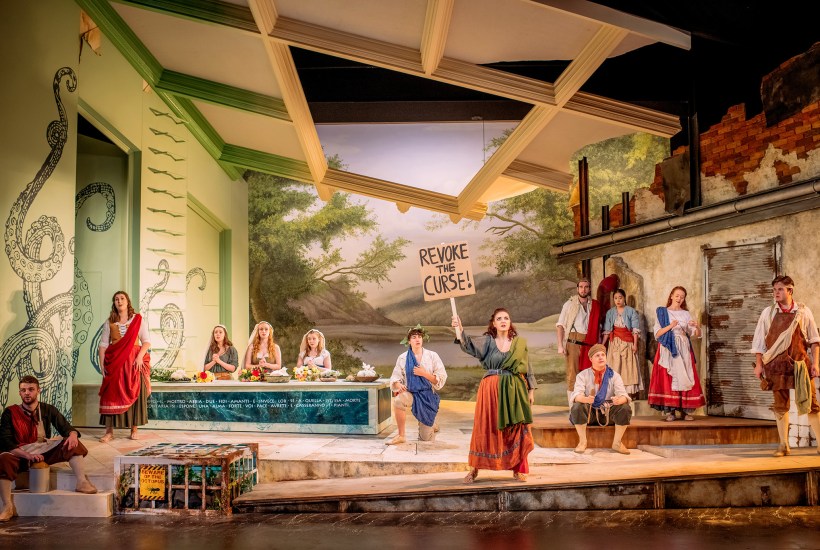
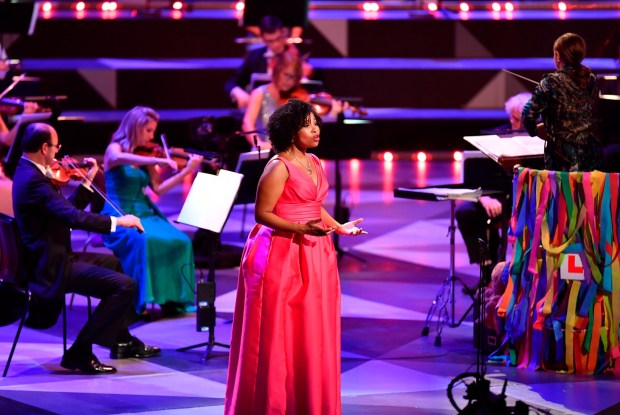
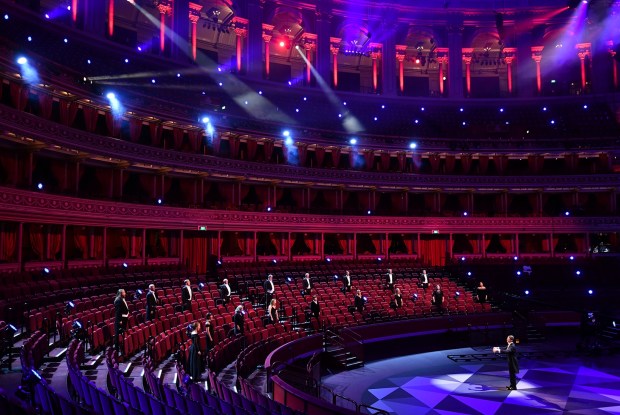
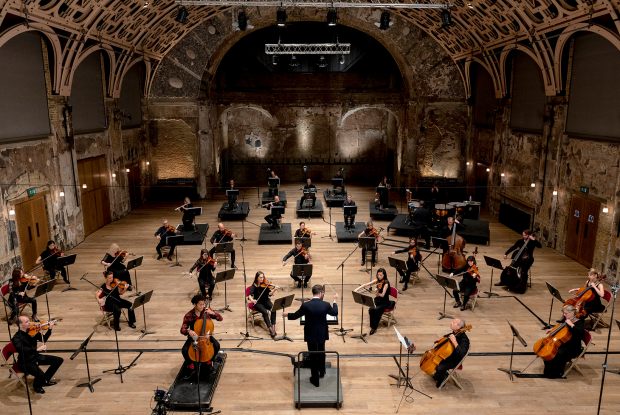
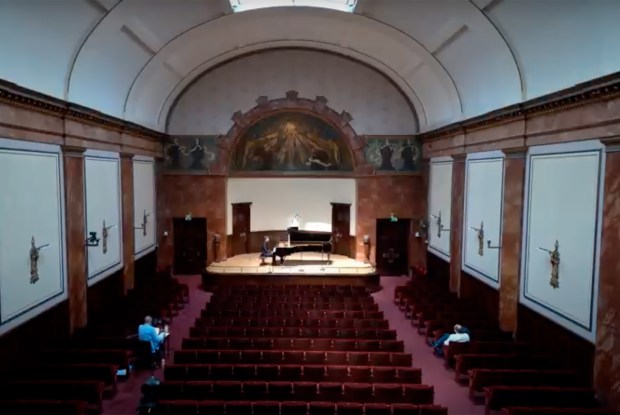
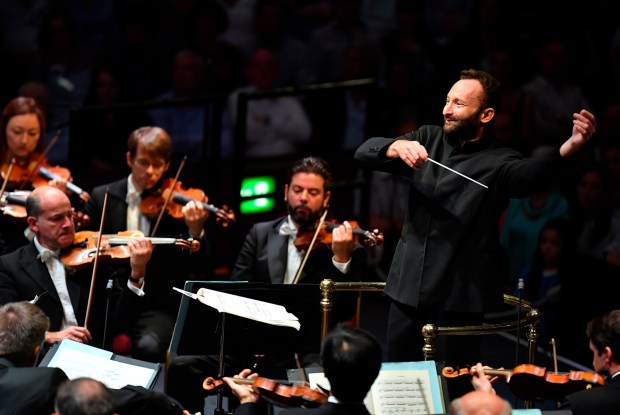
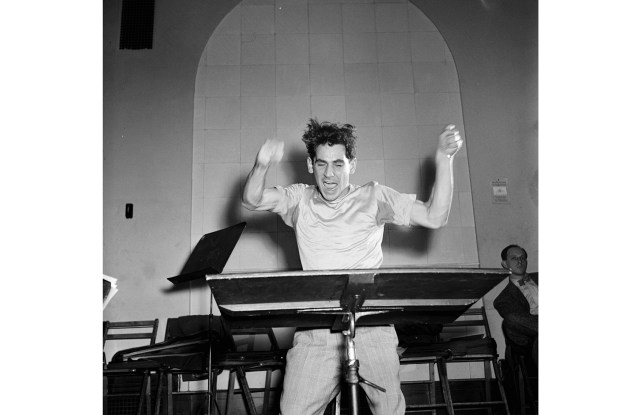






Comments
Don't miss out
Join the conversation with other Spectator Australia readers. Subscribe to leave a comment.
SUBSCRIBEAlready a subscriber? Log in